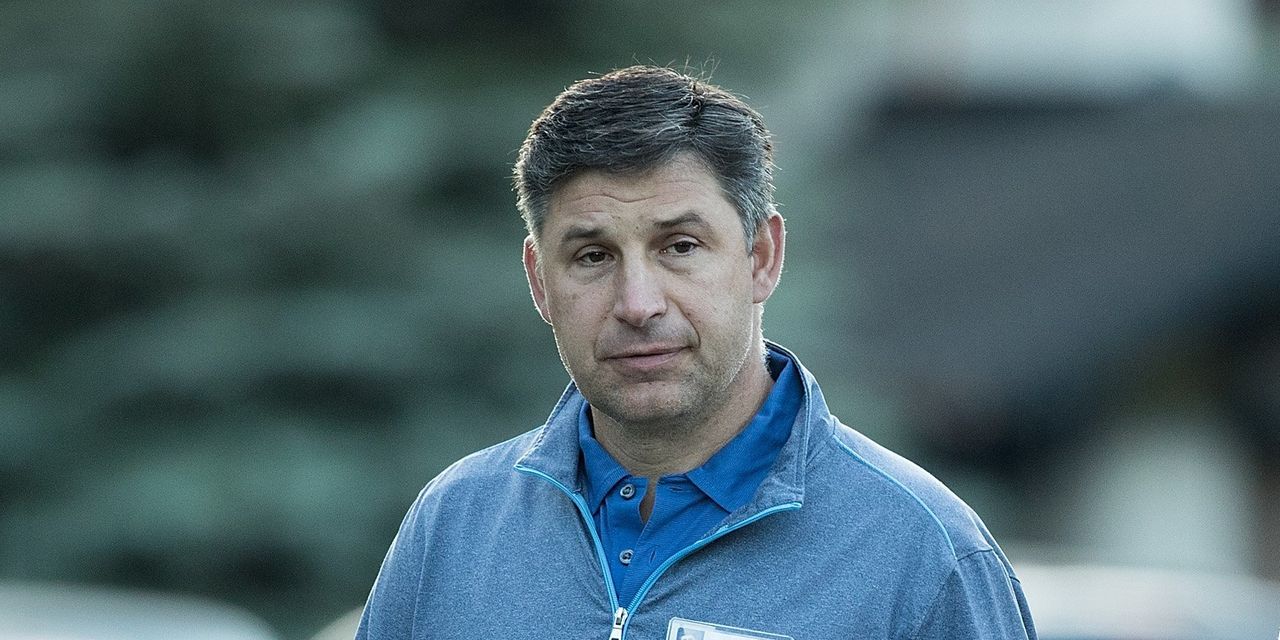““In many ways, someone today that’s making $100,000-plus really struggles to live the American Dream for a variety of different reasons, and they need a relationship bank.””
SoFi Technologies Inc. Chief Executive Anthony Noto says the company’s bank charter is paying big dividends as the company tries to satisfy its target demographic.
The financial-services company caters to what it calls “high earners, not rich yet,” and that customer base faces a multitude of challenges, according to Noto.
“If they overspend on their college education, they’re going to be in a hole and they can’t invest,” he said at a JPMorgan investor conference Wednesday, according to a transcript from AlphaSense/Sentieo. “If they buy a home that’s too big relative to their means, they’re not going to be able to save and they’re going to constantly be running over budget. And so we want to be there for that relationship every day and to be there for all their major things, which means we have to help them borrow better, save better, spend better, protect better and invest better.”
Don’t miss: SoFi CEO Noto remains an aggressive buyer of stock with new $500,000 purchase
In his view, SoFi’s
SOFI,
banking charter, acquired in January 2022, is helping the company get more involved in its customers’ broader financial lives because it allows SoFi to capture direct deposits more easily and appeal to customers with its interest rates on savings and checking.
“A key to our strategy is building a primary relationship with a member so that we can be there and be trusted and be there when they make those decisions, and one way to drive primary relationship is having someone’s direct deposit,” he explained.
“Very little” of the $2.7 billion in direct deposits that SoFi amassed during the first quarter related to banking-industry fallout, according to Noto, as SoFi’s deposit momentum is “really coming from the largest money-center banks.”
Don’t miss: Why this SoFi bull says skeptics are misunderstanding the stock
The company remains on track to meet its target of at least $2 billion in deposits each quarter, he continued.
Read the full article here












